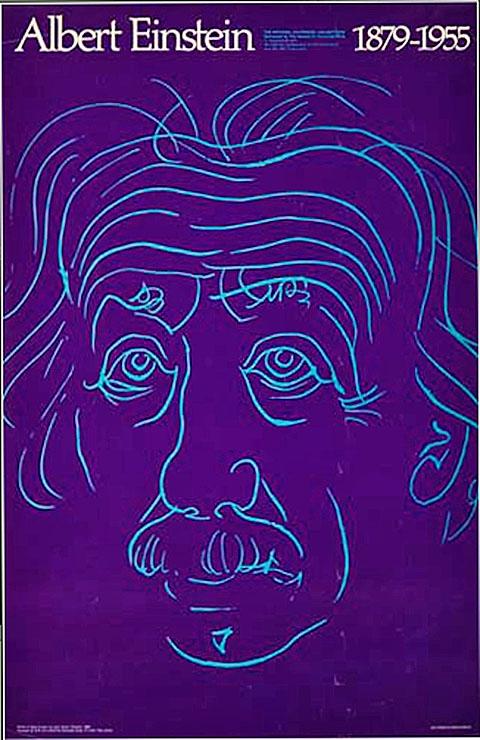In 1910 Josef Scharl was trained as a decorative painter at the Munich School of Painters where he gained practical experience in the restoration of paintings and attended evening classes. In 1915 he was drafted into military service. War injuries and a temporary paralysis of his right arm forced him to remain in various military hospitals until 1918. Back in Munich he could finally begin studying at the Kunstakademie in 1919. After studying under Angelo Jank and Heinrich von Zügel Scharl began working as an independent artist in 1921. Scharl moved into the apartment of the Gruber family and married their daughter Magdalena in 1922. Shortly after becoming freelance the painter had his first successes and his paintings became known to the art-interested public. Scharl joined the artist groups 'Neue Sezession' and the 'Juryfreien' and successfully participated in their exhibitions. A scholarship enabled him to travel to France in 1930, where he encountered the works of the Late Impressionists. After his return the beginning national socialistic culture policy brought with it a turn of events. Sales and exhibitions decreased, Scharl's financial situation worsened and he was banned from painting. Nevertheless Karl Nierendorf enabled him to exhibit at a one-man show. Scharl's emigration plans were reinforced by an invitation from the Museum of Modern Art in New York to take part in an international exhibition together with Beckmann, Scholz, Heckel and Hofer. In 1939 he emigrated to the USA. Albert Einstein, whom Scharl had met in Berlin, supported him financially and helped him to organize various exhibition projects. The years 1944-46 marked the peak of his fame in the USA. Scharl's closest friend Wolfgang Sauerländer got him the contract with the publishing house 'Pantheon Books' to illustrate the Brother Grimm's Fairy Tales. These were a huge public success and further orders followed, but Scharl was burdened with worries about his family still in Germany, the death of Nierendorf and a stomach illness. Hilde Prytek, a former colleague of Nierendorf, attended to the artist and several projects were considered, which were not realized. In 1952 Scharl was nationalized in the USA. The same year the artist travelled to Switzerland to take part in a group exhibition at the gallery George Moos in Geneva. The air in Switzerland had a positive effect on his health and many new works were executed. After a fierce argument with Hilde Prytek he returned to the USA in 1953. His health worsened and he died on 6 December 1954.Source: Ketter Kunsthttp://www.kettererkunst.com/bio/JosefScharl-1896-1954.shtml
Einstein - 1879-1955
Analysis / Interpretation / Press
Artist / Designer / Photographer
Related links
Year
1979
Wellspring
Special Collection
Publisher
Language
English
Credit/Provenance/Source
Duplicates
0
Status / Acquisition Goals
The PPPA has only the low resolution digital version of this poster featured
Dimensions
21 1/2" x 33"

